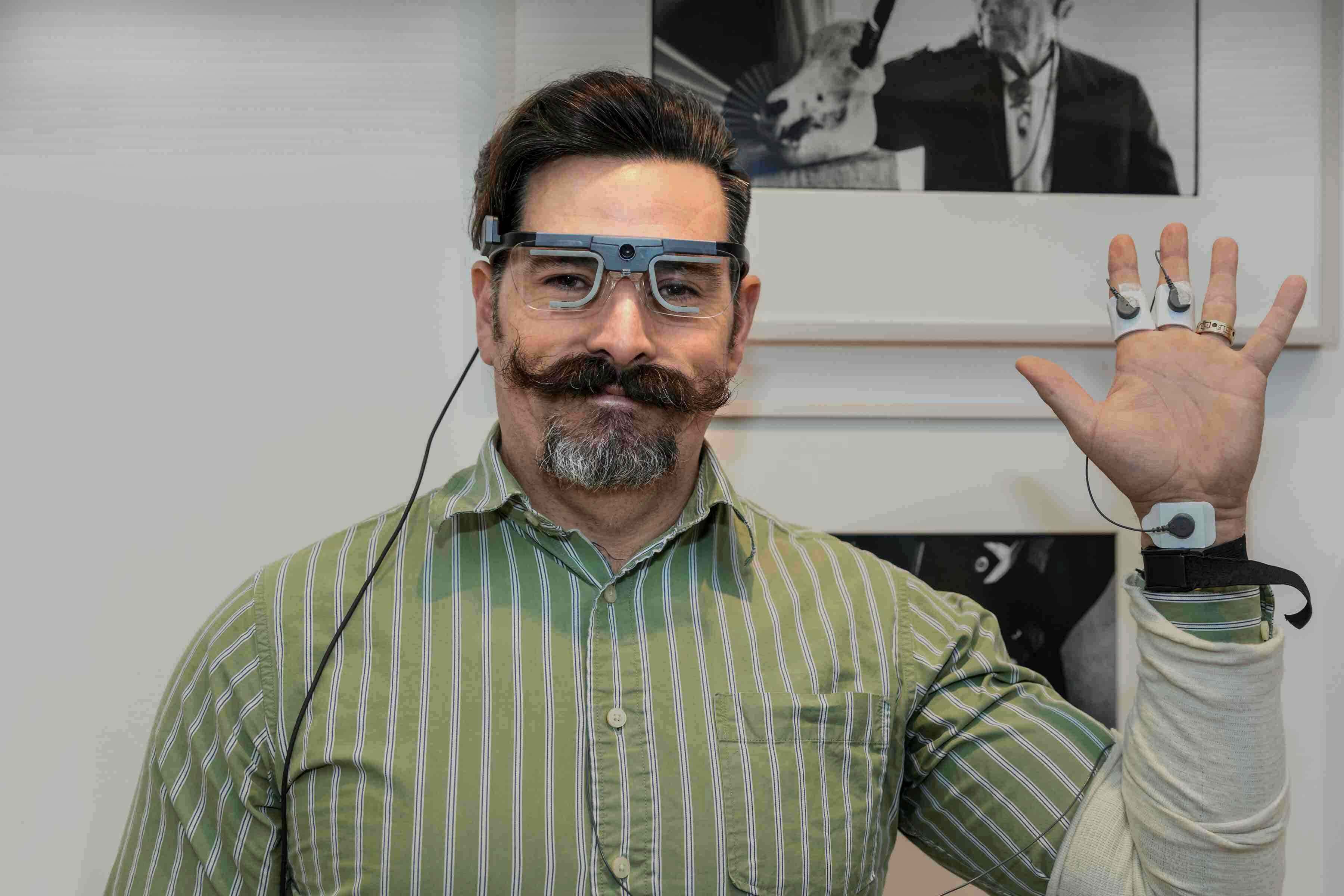Below you’ll find some common museum practice conventions and our thoughts on how applied neuroscience might inform them.
Theory: Salient physical features of a work of art direct visitor attention.
Neuro Tip: Physical salience is only one factor influencing where we look. There are two categories of influences on attention: top-down and bottom-up influences. Bottom-up influences are physical in nature: the sights, sounds, and smells that make their way into our brains through our sensory pathways. They are the physical features of an object or scene. However, bottom-up influences do not act alone in directing our attention. Top-down influences play a role as well. They are cognitive in nature. Top-down influences might be the goal with which we perform a particular action, the background knowledge that we bring to our interpretation of a work of art, or a memory elicited by a particular experience. While most of the population will react in a similar manner to bottom-up factors (for example, color contrast), top-down factors (including knowledge base) will vary considerably from individual to individual and from culture to culture.
Implication: In designing an exhibit, we must consider how the visually salient elements of the art will impact attention as well as how the top-down factors will influence visitor attention and how we can leverage various contextual elements to capture attention in the desired fashion.
Theory: To see is simply to look.
Neuro Tip: The mechanisms that govern visual processing in the human brain affect how we see and what we perceive. For example, the purpose with which we look at a work of art greatly impacts our viewing behavior (eye movements) and, therefore, what we actually perceive in that work of art. Similarly, a space cluttered with objects impairs our ability to locate a specified target; it distracts us (think of the visual chaos in a Where’s Waldo puzzle).
Implication: We must account for the myriad factors that impact the nature of our visual perceptions. Understanding how different factors impact the nature of our visual perceptions is critical to creating exhibitions in which visitors attend to the desired elements and follow the embedded narrative.
Theory: One goal behind exhibitions is to transfer knowledge, not to elicit an emotional response
Neuro Tip: Emotion is key to engagement. Emotion can be divided into two dimensions: arousal and valence. Arousal refers to the intensity of the emotional experience, and can be measured physiologically using biometric tools. Valence, on the other hand, refers to the pleasantness of a given experience but must be reported by an individual, it cannot be measured biometrically. It turns out that experiences high in emotional intensity are more likely to be remembered than experiences that are emotionally neutral, regardless of whether the experience was considered to be “good” or “bad.” So, emotionally evocative experiences will help to make more lasting memories in the minds of our visitors.
Implication: Creating emotional reverberations in the galleries (for instance, through storytelling techniques) is an important element to fostering visitor engagement and transformation. The important point here is that the emotional intensity must be high whether or not the experience is a pleasant one.



